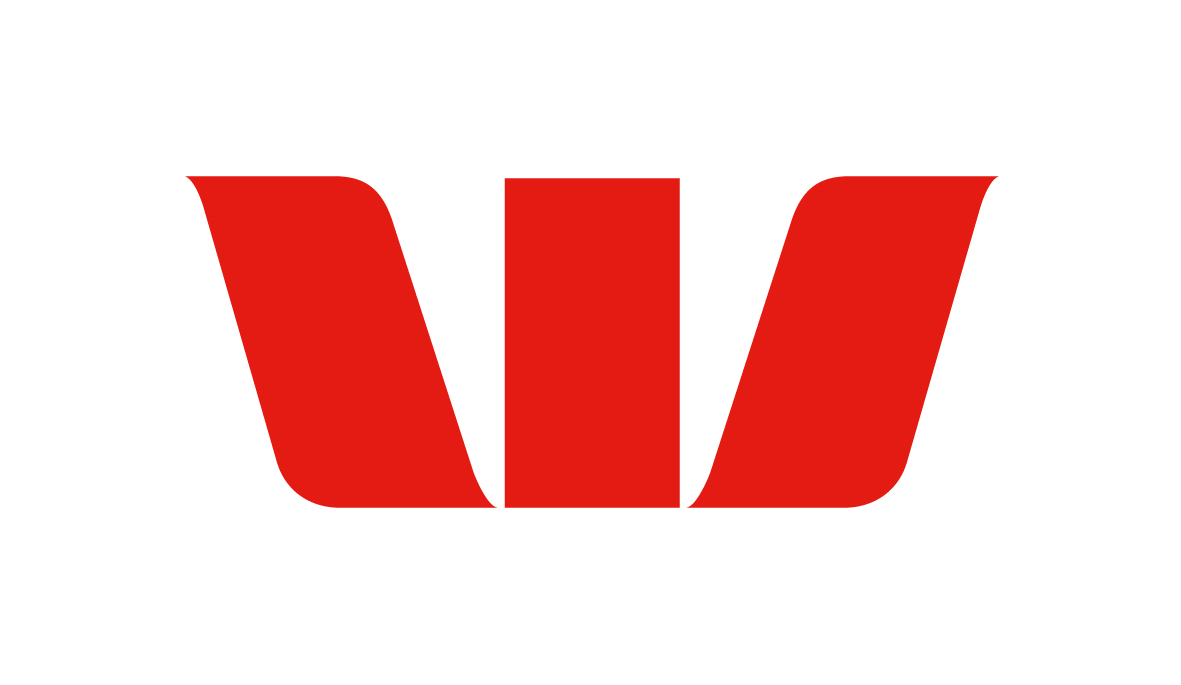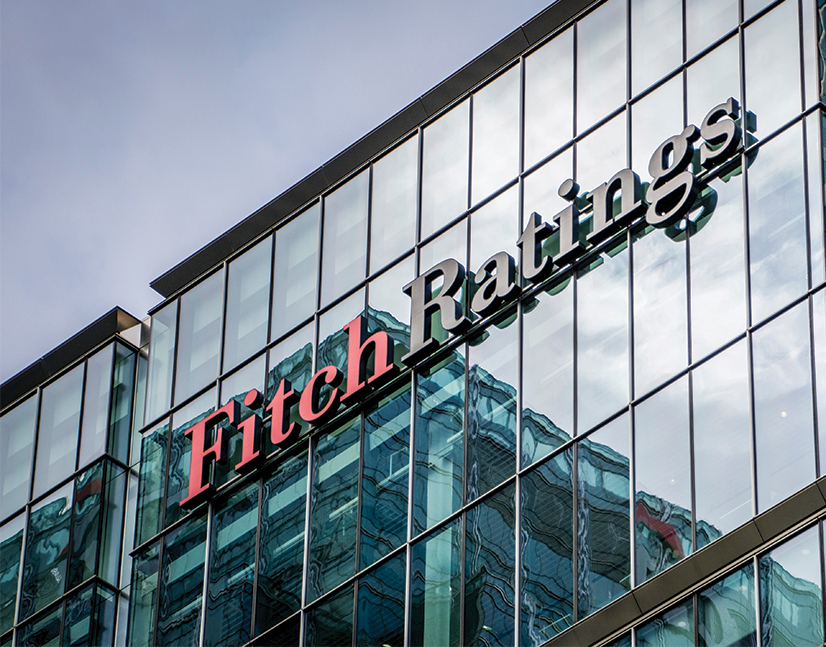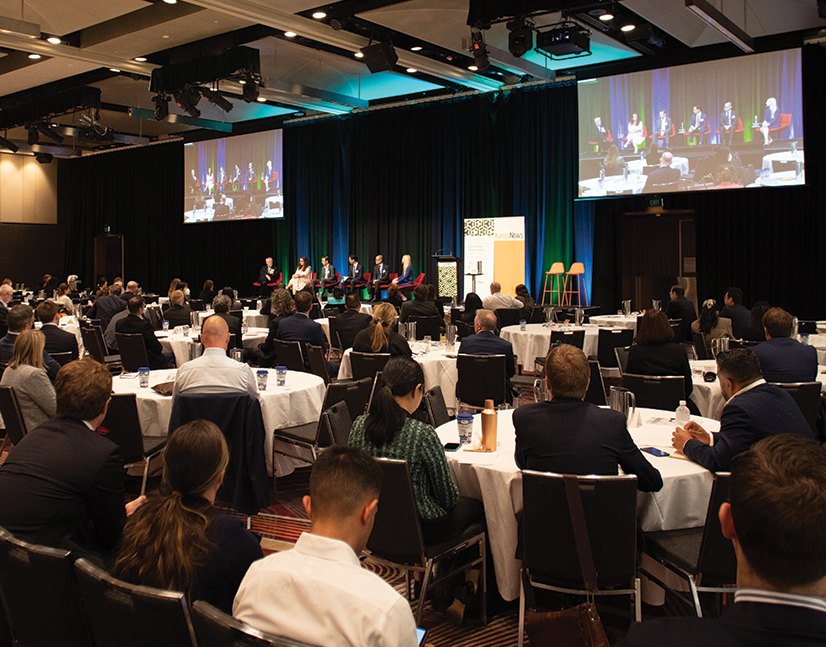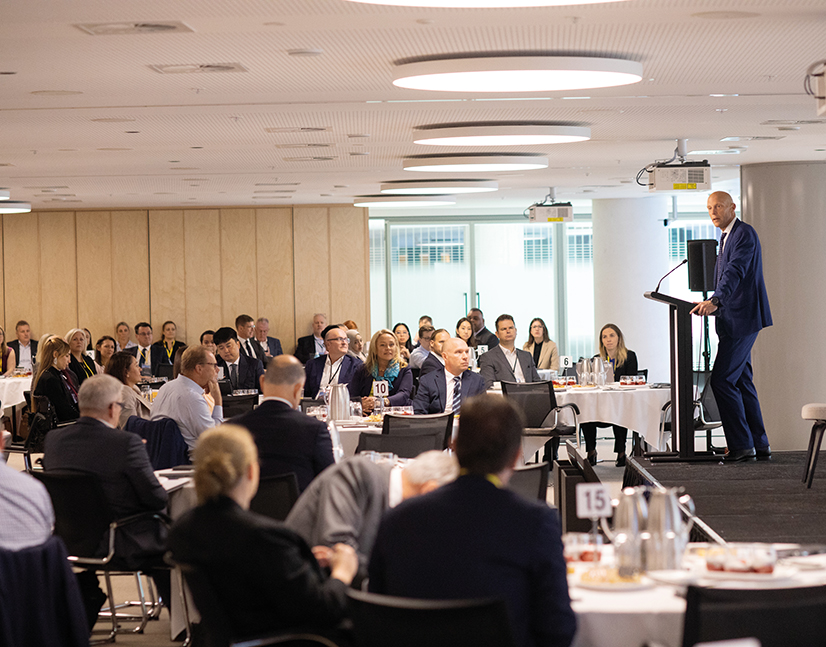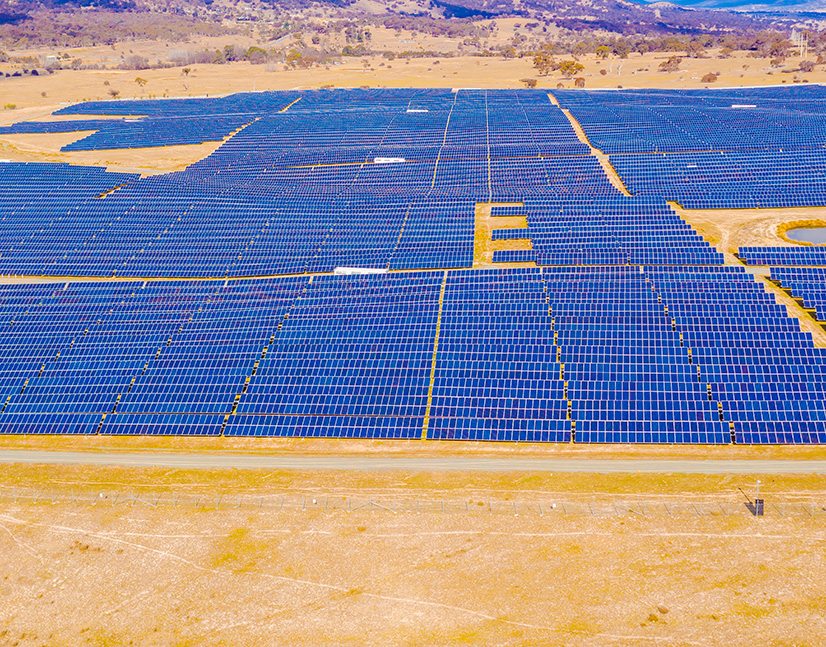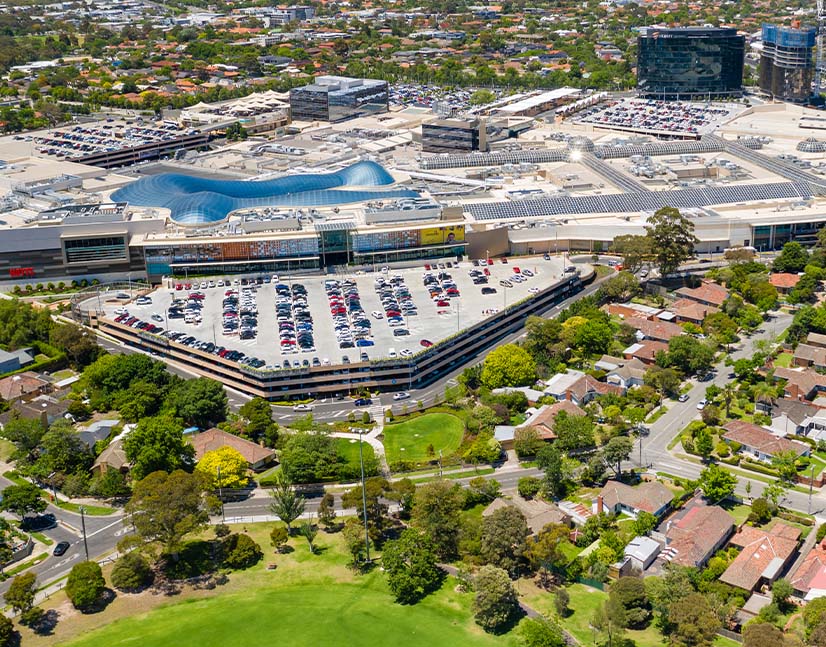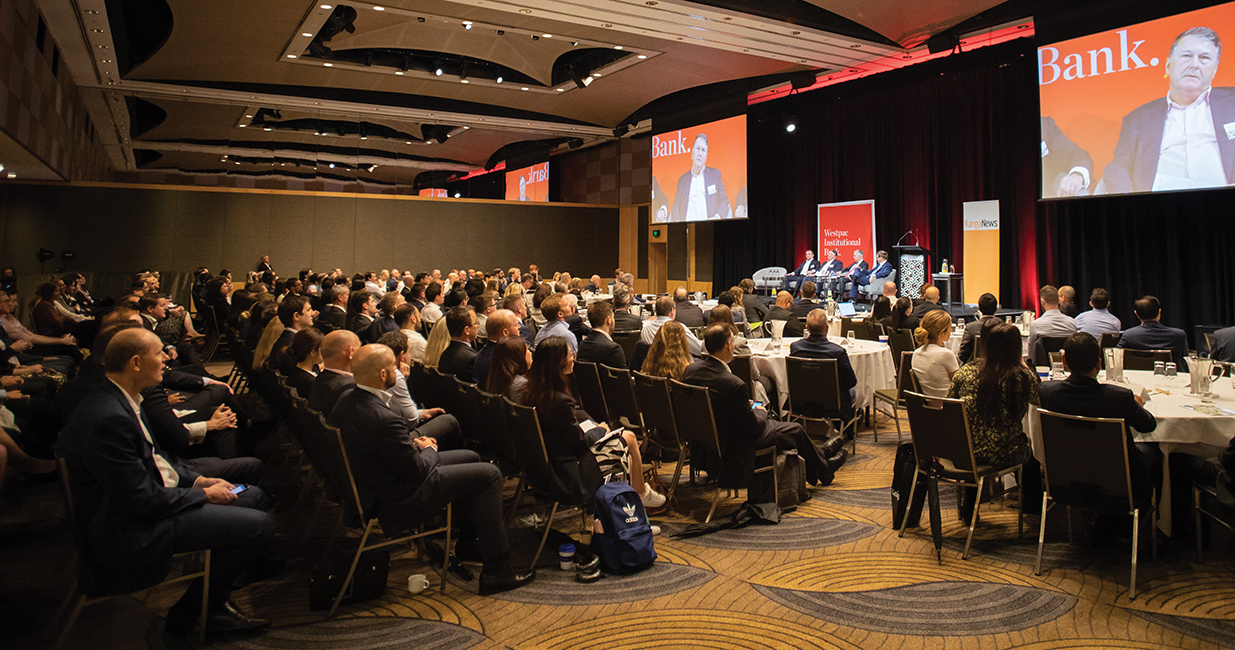
Corporate debt: another year of living dangerously
The Westpac-KangaNews Corporate Debt Summit returned to Sydney as an in-person event on 20 October, at a fascinating juncture for the sector. After an unprecedented change of direction for monetary policy, painful market conditions for credit investors and a new-issuance slump, it would be easy to imagine an atmosphere of gloom. However, while acknowledging significant challenges in the near term, many speakers at the event suggested a difficult 2022 could be preparing the ground for a more healthy local credit market in the years to come.
“We are contemplating a much more volatile and disrupted global financial market. In Australia, we are experiencing a rapid policy tightening, and while our inflation challenge might be described as less acute than some others, we are all expecting further tightening. The question for all of us is how far and how fast.”
“This week’s gathering of China’s leadership and the affirmation of Xi Jinping as its leader for an unprecedented third term is profound and suggests we face further significant challenges. I think we can and must anticipate a less internationally engaged, more combative China moving away from free markets and the opening up of its economy. The represents a challenge the world, and particularly Australia, has not faced before.”
“There are reasons to expect something of a fixed-income renaissance in 2023 on the back of higher yields and spreads, and thus increased demand, and the possibility that the asset class once again starts to play its defensive role. When it comes to specific opportunities, we expect duration will come first after which we will look hard at corporate, financial and asset-backed issuance – trying to find the right attachment point.”
“Companies have been relatively successful so far at passing on higher costs and, to date, consumers have been relatively happy to pay. But we expect they will start to push back as conditions deteriorate more generally, which will affect pricing power and thus have a negative impact on corporate fundamentals.”
“Australian companies are faring relatively well so far, even in the higher-yield space. But we expect pressure to come through, especially in sectors that are obviously facing tougher conditions like consumer discretionary and some parts of retail. This pressure should be mitigated to some extent by generally conservative corporate behaviour and the ability to pass on higher prices, though our outlook remains cautious.”
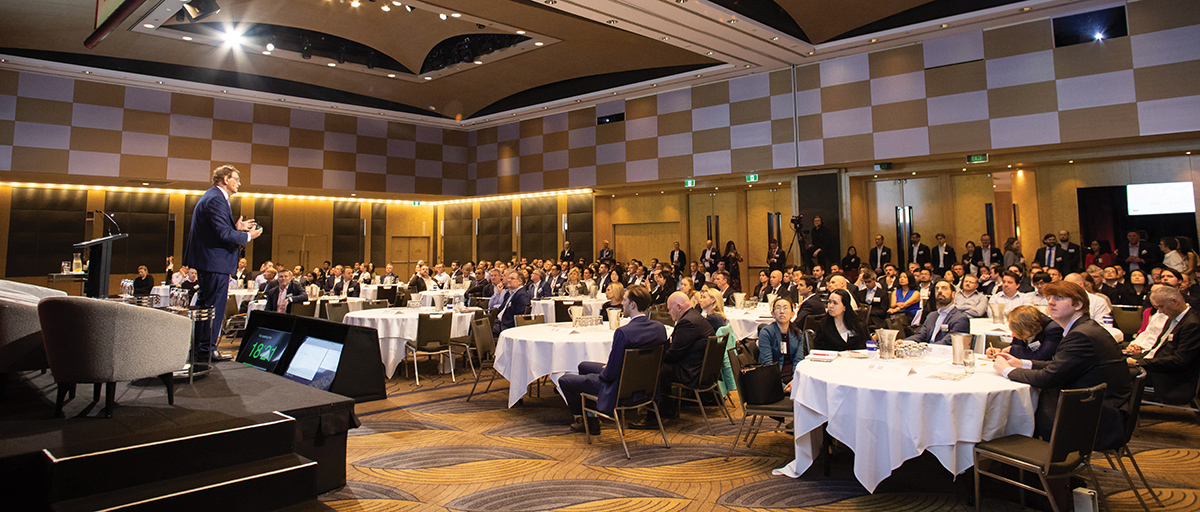
“We are starting to look closely at our scope-three emissions and what we can and should do in this area. This is a growing focus of the investor community and therefore will become ever-more important for corporates. We are in the process of setting up a scope-three boundary as well as aligning all our reporting to TCFD.”
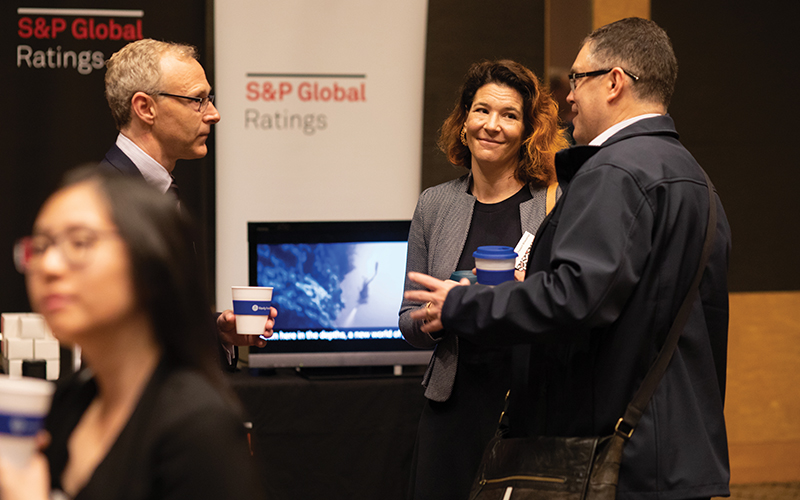
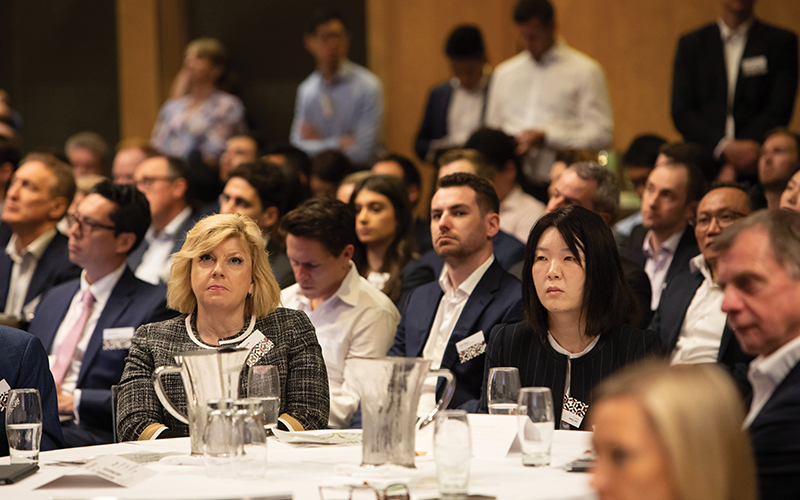
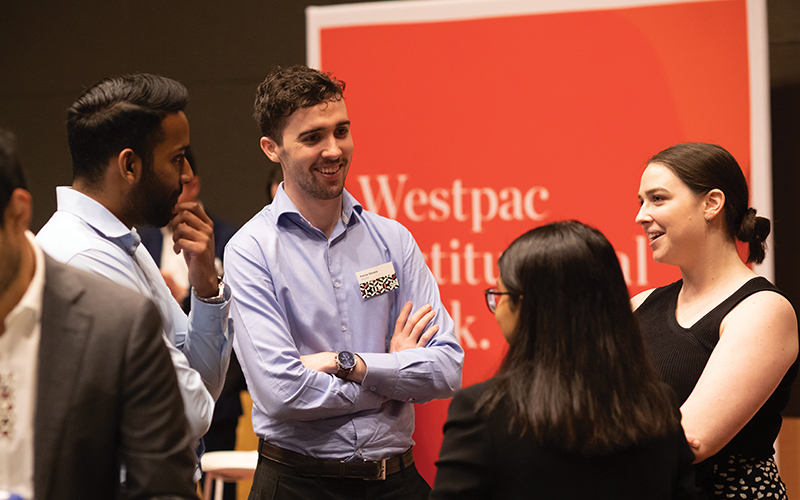

“The SLB market is another step forward for issuers because it forces a company to open itself up to public scrutiny. Not every sustainability or transition strategy will be strong enough to get to the bond market. I believe these instruments are driving change and should be supported by the market.”
“A huge amount of work goes into structuring ESG transactions in order to minimise or eliminate greenwashing risk. The work is probably doubled for hard-to-abate issuers. But we can be 100 per cent confident in a deal’s structure and still have headline risk. Companies can be doing everything possible on transition but, for very good reasons, can’t do everything right now – which makes them subject to criticism in the media. We need to work out how to give hard-to-abate issuers comfort to do well-structured deals. But it is not easy.”
“The market needs to have a very sophisticated, informed and thoughtful approach in order to get past headline risk. AGL is a case study in why this matters: it would be easy to write us off as ‘too hard’ because we do not yet have a target aligned with 1.5 degrees. The reality is that if we did it would mean exiting coal by the end of the current decade, which would cause an unprecedented crisis of energy security and cost.”
“Listed companies are largely on their way to providing the disclosures investors require because they are being pushed in this direction by the equity market. However, a large proportion of the Australian corporate bond market is unlisted and it is lagging in ESG disclosure. Some issuers we research are yet to publish a sustainability report, which is remarkable. There is also a general shortage of data accessibility and, especially, comparable data.”
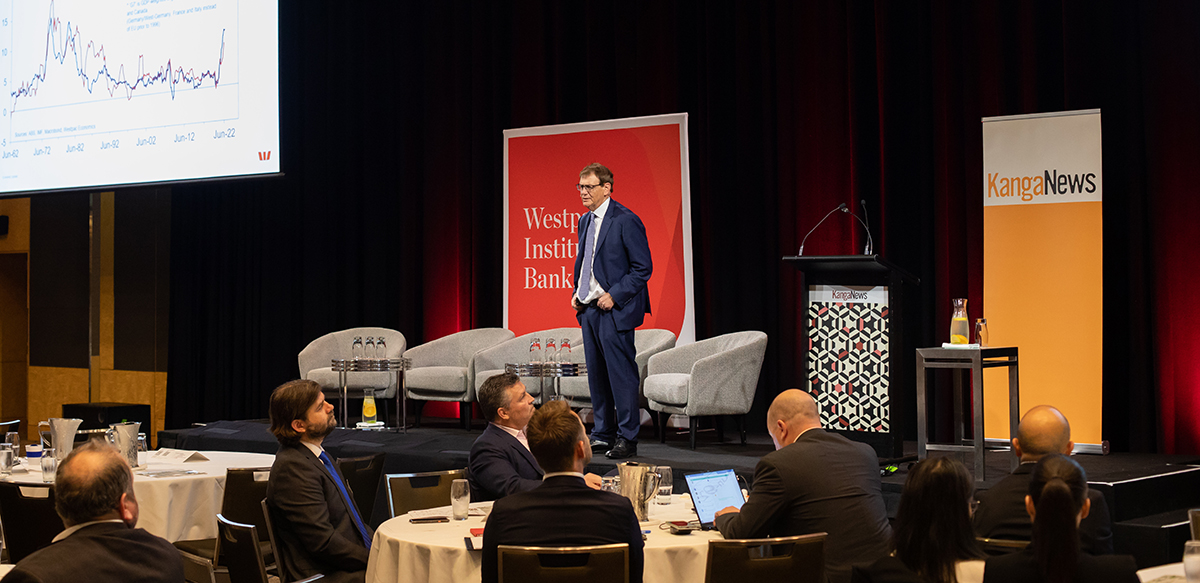
“We expect Fed funds to peak in January, and after it does markets will start to believe recent instability is behind us and consequently start wanting to own bonds. It won’t be a question so much of what the economy is doing as what the Fed is doing, and we expect it to be on hold throughout 2023.”
“If one wants to be complacent – as the reserve bank is – it is possible to say our wages growth has been and remains slower than the US. But the US is reaching the peak – all we are experiencing is a lag, and our wages growth will come through. There is nothing magical about our economy and I remain of the opinion that wages is just a ‘slow moving beast’.”
“Regional Australia has seen an influx of population since COVID-19 – we can see this in our network data and the same thing comes through in house prices. People can have jobs while living in locations they previously could not have done. This is a cause of significant investment: about 40 per cent of our fibre upgrade programme is in regional Australia and we are also expanding fixed wireless capacity to close to urban speeds. I have no doubt these trends will continue.”
“Our biggest issue may be 20-somethings who are coming out of university and are not getting mentoring and support except via Zoom. It is a big problem: I firmly believe that in 10 years’ time we will regret the fact that a generation of middle managers have missed out on important early career guidance and experience.”
“Materials have been a major component of inflationary pressure for our business, and a big part of this has been driven by supply issues. But this has improved, where a year ago it was a major focus. We currently have good access to sufficient supply of critical materials, even if prices have increased.”

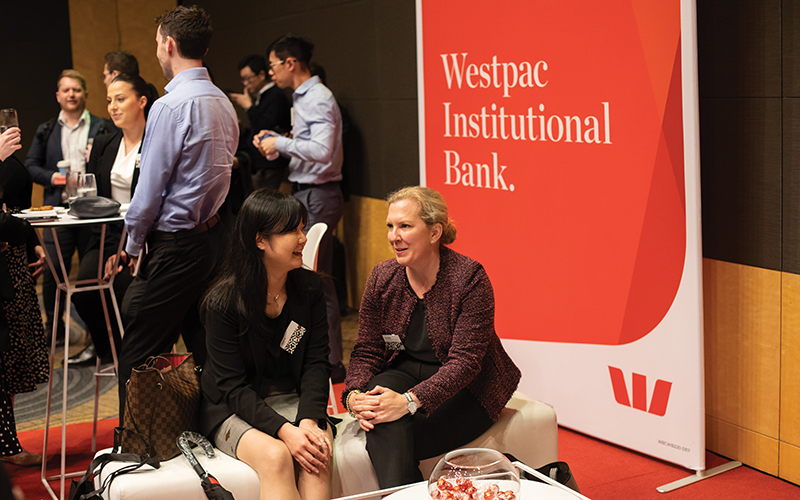

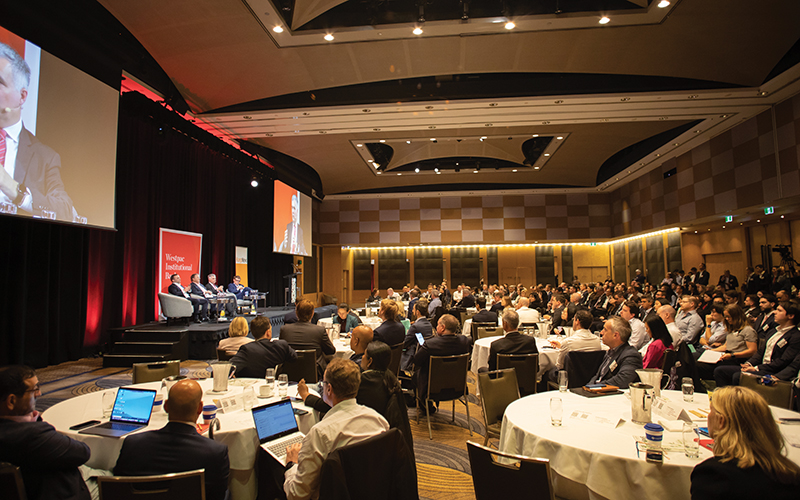
“Last year was about assessing the risks we didn’t want to hold in the portfolio, and getting rid of duration was the first part of this. The next step was divesting ‘replaceable’ credit: we knew the TFF refinancing was coming so we sold down things like bank covered-bond and senior positions. We repositioned in anticipation of being able to access the same paper at much better valuations as bank funding patterns normalised.”
“The US investment grade credit market, to take one example, has grown by 3.5 times since the 2008 crises, yet dealers are constrained in their ability to support transaction volume due to regulations such as the Volker rule. While the total market has grown, dealer inventories are materially lower. This means when conditions settle and demand comes through for credit bonds, dealers will quickly run out of inventory to facilitate the flow. When things turn, they will do so quickly.”
“For the best part of the prior 12 years, the buying of risk-free bonds – namely US Treasuries – has been driven by price insensitive buyers such as global central banks and of course the Fed. The sellers have tended to be more price sensitive. This has now reversed. The Fed provides the leading example: its QE holdings of US$8.7 trillion are starting to roll off under its announced QT plan and it will eventually move to actively selling securities. This is programmatic in nature and thus relatively price insensitive. A value-based rotation from equity to debt could provide the buyer, as well as defined benefit driven asset and liability managers. When volatility eases and credit investors are able to gauge where the risk-free rate lies, this is when many credit investors could seek to deploy cash.”
“For the first time in many years, offshore sovereign wealth funds, banks and other investors are coming back into our market. There is a real desire to diversity away from, for instance, European utility assets including into things like high-quality Australian credit. Having different types and directions of investor is very positive for any market.”
“Malicious actors use phishing attacks and social engineering to introduce malware that gives them access to systems, so they can snoop about looking for vulnerabilities and where the most sensitive data is kept. This can occur over a 6-9 month period during which the victim is likely to be oblivious. Attacks these days typically steal data and produce a snapshot of it when demanding a ransom.”
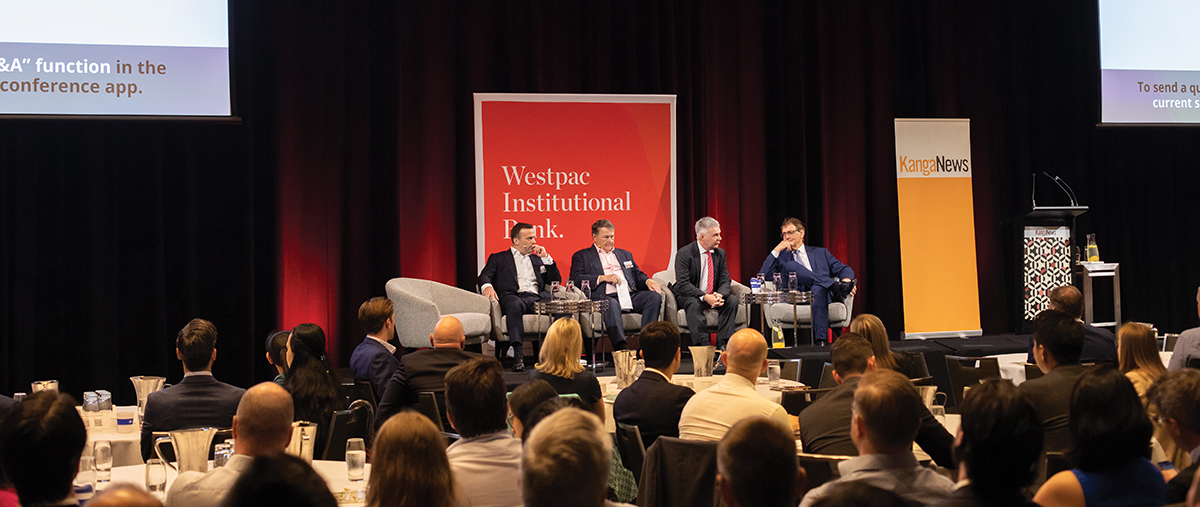
“Overall, Australian corporates are well positioned on liquidity, having helped themselves out by advancing refinancing in 2020 and 2021. For instance, around 80 per cent of maturities in the REITs we rate fall in 2025 or beyond. These issuers have done a good job, but it is reflective of our whole portfolio. The risk factor will be high-yield issuers with upcoming maturities. These names may need to have not just a plan A but also plans B, C and even D.”
“Australian supply to the USPP market has been down since 2020. In 2020 itself, corporates went back to their banks and got well-priced shorter-term funding, and while 2021 was closer to normal supply, this year has been affected by competition from lenders including Asian banks. This might be a little frustrating for me but I can take comfort in the fact that USPP investors will always be there and ultimately I am confident issuers will value the access to diverse sources of funding.”
“Around three-quarters of all corporate funding in Europe and the US comes from private capital. Our market is still bank dominated, but it is changing – banks have been retreating from certain parts of the market – especially subinvestment-grade and borrowers that are more levered than corporates – ever since the financial crisis, as regulators have imposed increasing capital charges for these types of assets. Private debt also offers lenders more flexibility on loan terms and covenants, and quicker turnaround.”


“Having recently returned from 15 years working in Asia, I have been pleasantly surprised by the extent to which the Australian institutional lending market has developed. We have distributed significant volumes of leveraged loans to institutional investors in the absence of bank appetite, for instance. The next challenge is to develop the market beyond high yield.”
“We have been able to access the USPP and domestic markets in 2022, though having a double-A plus credit rating certainly helped. Even then, the domestic deal was challenging. In fact, we had to postpone execution briefly while we waited for better market conditions – we will not issue at any price. USPP has certainly been a more stable environment this year.”
“Our first Australian dollar bond had roughly 15 per cent distribution in Asia whereas our most recent transaction was closer to 40 per cent. We also receive relatively frequent reverse enquiry demand from investors in Japan and elsewhere, some of which we are pleased to have been able to take advantage of. There is no doubt this is a much more international market nowadays.”
“Before we made our first draw on the TFF we spoke to our UK counterparts about their experience with similar funding schemes. The advice was to space out maturities as much as possible and to treat it like any other funding programme. We plan to approach TFF refinancing in the same way as any other funding option.”
“The funding we have raised this year has certainly been expensive in historical terms, but it has not been overly difficult – liquidity has been available to us across global markets. However, we expect things to get harder before they get easier – which is why we did A$3 billion of pre-funding ahead of our new financial year. We are likely to see more covered-bond issuance and shorter tenor in the near term. Meanwhile, less frequent issuance windows will likely mean long lineups of issuers wanting to come to market when opportunities present.”
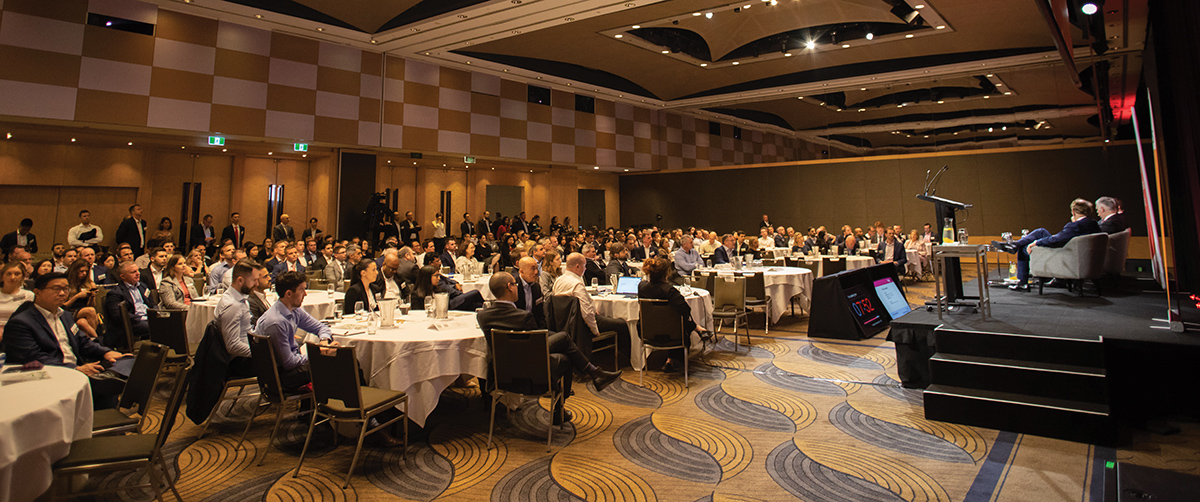

WOMEN IN CAPITAL MARKETS Yearbook 2023
KangaNews's annual yearbook amplifying female voices in the Australian capital market.


